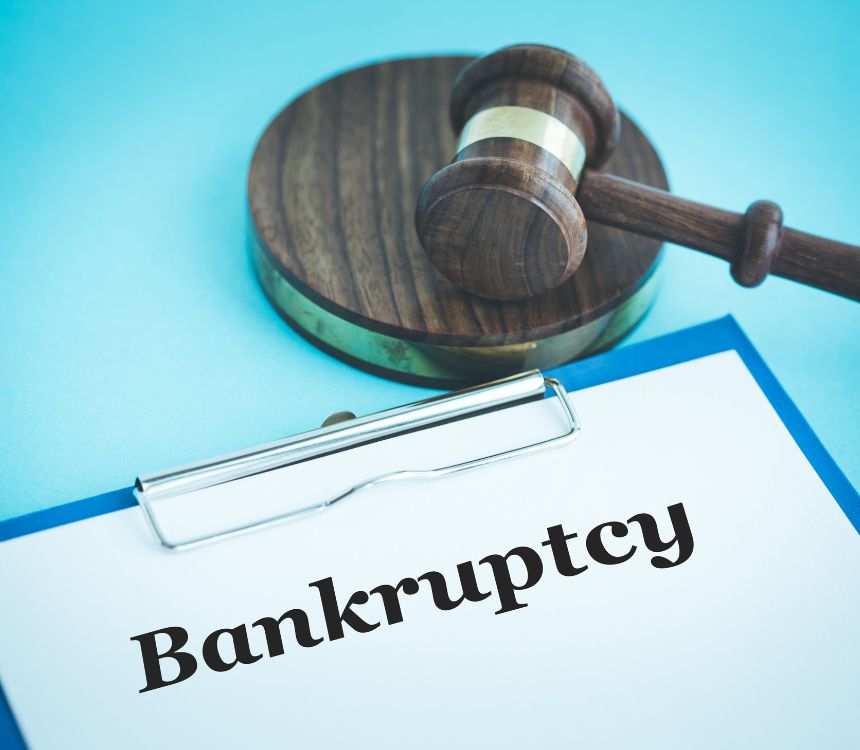Bankruptcy can be a fresh start, but it leaves a mark on your credit report that can make life tricky. If you’re wondering how to remove a bankruptcy from your credit reports in the UK, you’re not alone. Many people want to know how to clean up their credit after a difficult time.
Here’s a straightforward guide to help you understand what you can do, what’s not possible, and how to move forward with confidence.
Can You Remove a Bankruptcy from Your Credit Report?
Short answer: Not before its time. In the UK, bankruptcy stays on your credit report for six years from the date it was declared — even if you’re discharged earlier (which usually happens after 12 months). You cannot remove it before then unless it was listed by mistake.
What You Can Do
While you can’t wipe it away early, there are a few important steps you can take to make sure your credit file is accurate and to begin rebuilding your credit.
1. Check All Three Credit Reports
There are three main credit reference agencies in the UK: Experian, Equifax, and TransUnion. Your bankruptcy should appear on all three, and the details should match.
Look out for:
- Incorrect dates
- Accounts still showing as active
- Debts included in your bankruptcy still showing as outstanding
You can check your credit report for free using sites like ClearScore and Credit Karma.
Been bankrupt in the past?
Let’s find a lender who looks beyond your credit score. Speak to a specialist broker today.
2. Dispute Any Errors
If you spot any mistakes, you have the right to dispute them. Contact the credit agency directly and explain the issue. You may need to provide:
- Proof of your bankruptcy order
- Evidence of discharge (if it’s happened)
- Details of the account in question
By law, agencies have 28 days to respond. If they agree it’s incorrect, they must remove or correct the record.
3. Add a Notice of Correction
If your bankruptcy was due to circumstances outside your control — like illness, redundancy or family breakdown — you can add a Notice of Correction (up to 200 words). This helps lenders understand the context behind the entry.
While not a guarantee, it can make a difference with lenders who review applications manually.
After Discharge: Update Your File
When you’re discharged from bankruptcy, this should be marked on your credit report. However, it doesn’t always happen automatically. You may need to:
- Send your discharge certificate to the credit agencies
- Ask them to update the status of affected accounts
This step is important — a ‘discharged’ bankruptcy looks better than one still marked as ‘undischarged’.

What Happens After 6 Years?
After six years, your bankruptcy will drop off your credit file automatically — you don’t need to do anything. At that point:
- It won’t show up in credit checks
- You should find it easier to get approved for loans, mortgages or credit cards
Just make sure it really does disappear. Set a reminder to check your report when the time comes.
Rebuilding Your Credit in the Meantime
While you can’t remove the bankruptcy early, you can improve your credit score over time. Here are some tips:
- Register to vote – this helps prove your identity and stability
- Use a credit-builder card – spend small amounts and pay it off in full each month
- Pay all bills on time – mobile phone contracts, utilities, and rent can help build your score
- Avoid applying for too much credit – too many applications in a short time can hurt your rating
Over time, lenders will see that you’re managing your money well, even with the bankruptcy in your past.
FAQs
A bankruptcy stays on your credit file for six years from the date it was officially declared. After this period, it is removed automatically, regardless of when you were discharged.
No, you cannot pay to remove a bankruptcy from your credit file early. Any service offering this is likely misleading or a scam. The only exception is if the entry was recorded in error.
Yes, even after discharge, the bankruptcy remains visible on your credit report until the six-year mark. Lenders may still see it and factor it into their decisions, although discharge can improve how it’s viewed.
Once removed after six years, most lenders will not see the bankruptcy during a standard credit check. However, some financial applications (like certain mortgages) may ask about past bankruptcies, even if they no longer appear on your file.
Bankruptcy and Individual Voluntary Arrangements (IVAs) are both forms of insolvency, but they are listed separately on your credit file. Both remain visible for six years, but lenders may view them differently based on the circumstances and repayment history.
No, once it’s been removed after six years, it won’t return unless a new bankruptcy is declared. Old entries do not get reinstated under normal conditions.
Check your reports with Experian, Equifax, and TransUnion. Look for the bankruptcy entry and check the date. If more than six years have passed, it should no longer be listed. If it is, contact the credit agency to raise a dispute.
Not always. Some lenders may be stricter than others when it comes to previous bankruptcies. High-street banks often have tighter policies than smaller lenders or credit unions. It can help to shop around or work with a mortgage broker who understands adverse credit.
If the bankruptcy is incorrect, you can request the credit agency remove it. You may need to provide official proof — such as a letter from the Insolvency Service or a court document — to support your case.
In most cases, no. These companies often charge for services you can do yourself for free. If you need help, a trusted debt advice charity like StepChange or Citizens Advice can support you without cost.
Continue Reading
Discover the most common first-time mortgage mistakes to avoid
How long does information stay on my credit file?
Can you get a mortgage with a default?
A comprehensive guide to mortgages for limited company directors
How to download your credit reports
What are the top remortgaging mistakes to avoid?
Can you get a mortgage with a CCJ?
Single brick construction mortgage
How to get a mortgage with 1 years’ accounts
Mortgage with a gifted deposit
Joint mortgage with bad credit
First-time buyer mortgage with bad credit
Do self-employed individuals need a broker to deal with a mortgage?
Can I remortgage my bad credit mortgage once my credit score improves?
How to remove an IVA from your credit reports
How to succeed as an accidental landlord
Can you get a mortgage with poor credit?
Finding the best mortgage lenders for first-time buyers with bad credit
How to get a mortgage as a company director
Self-employed mortgage with bad credit
